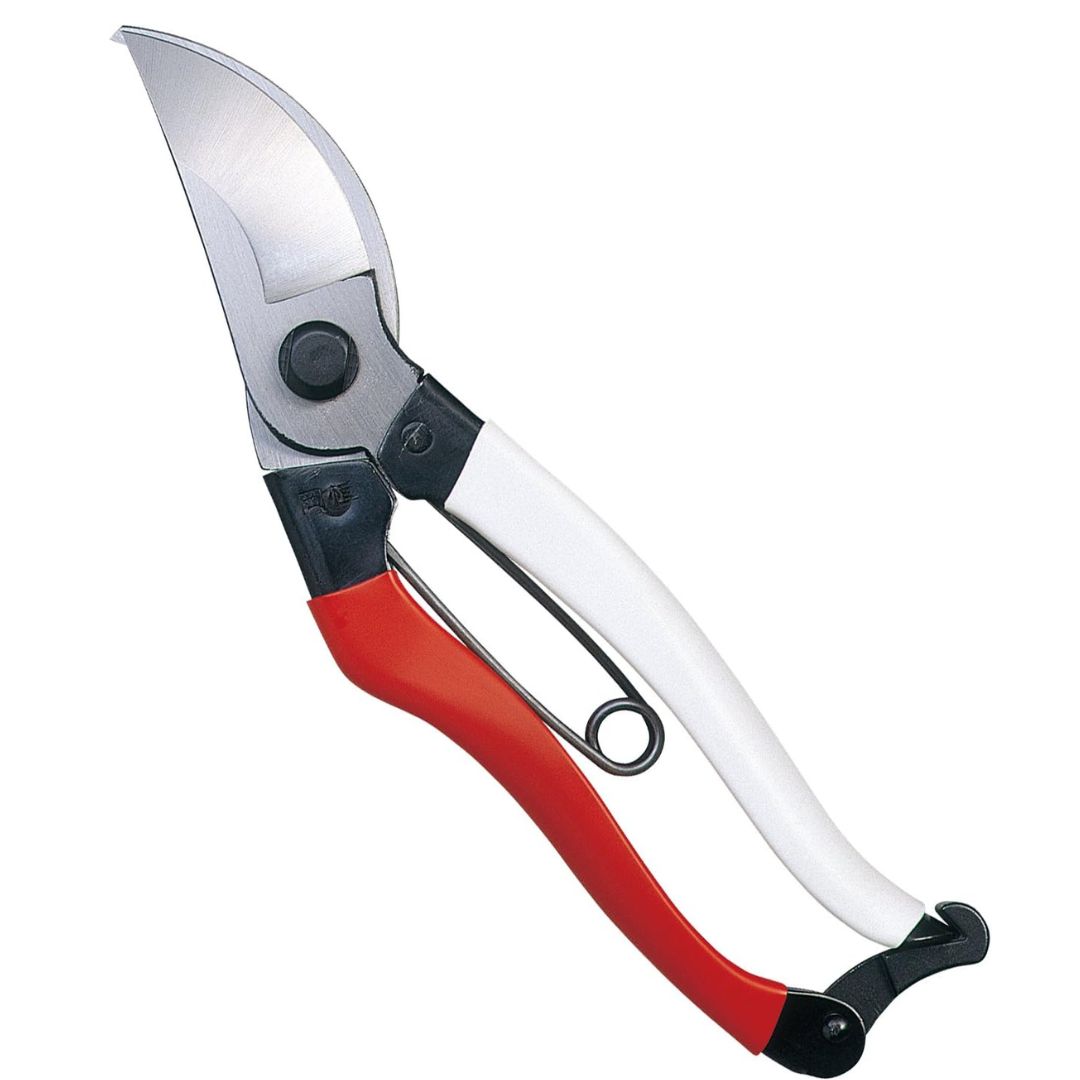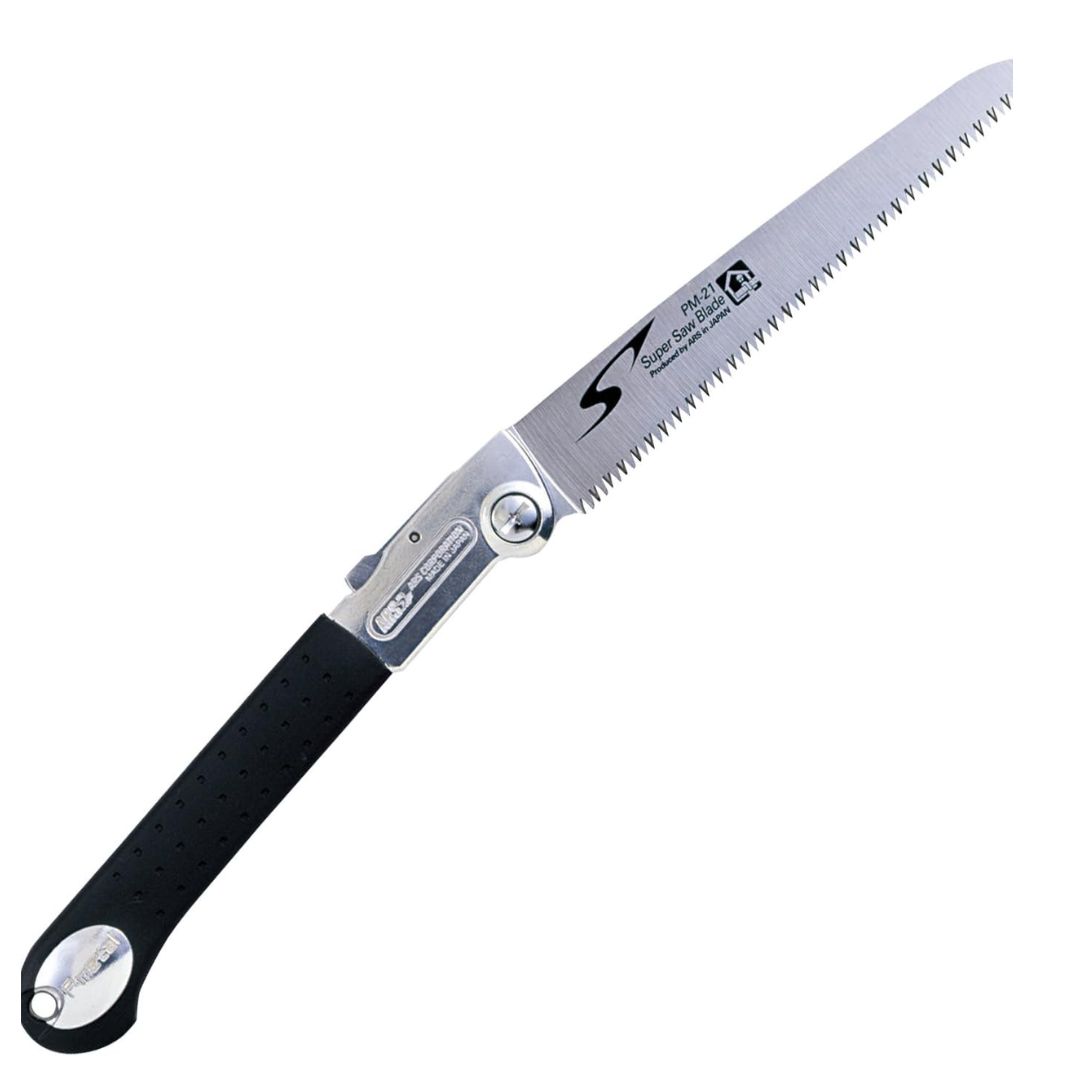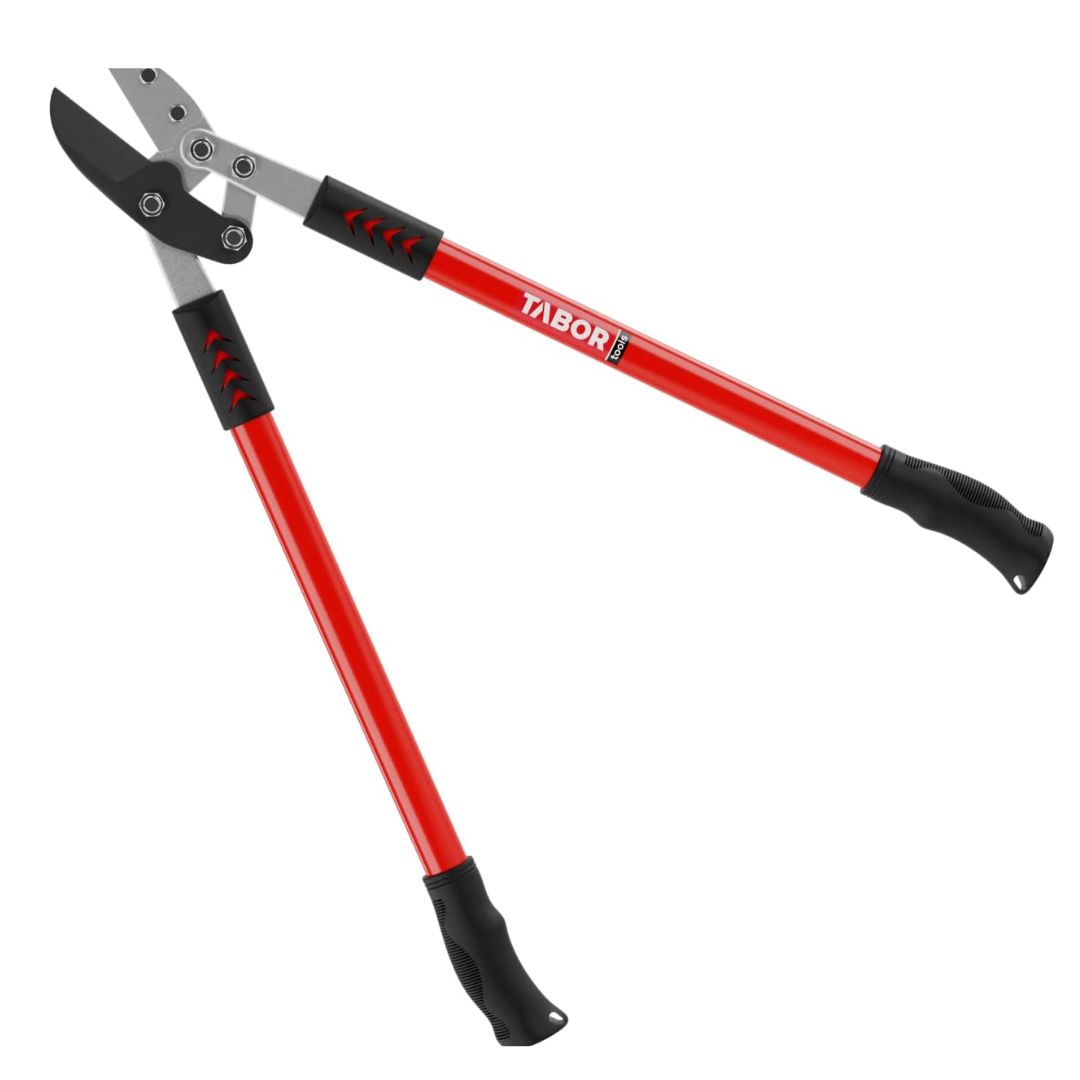5 pruning mistakes expert gardeners always notice – 'they're causing more harm than good!'
These pruning mistakes are incredibly common and even the best gardeners can make them. Here's how to avoid 5 errors for a beautiful backyard
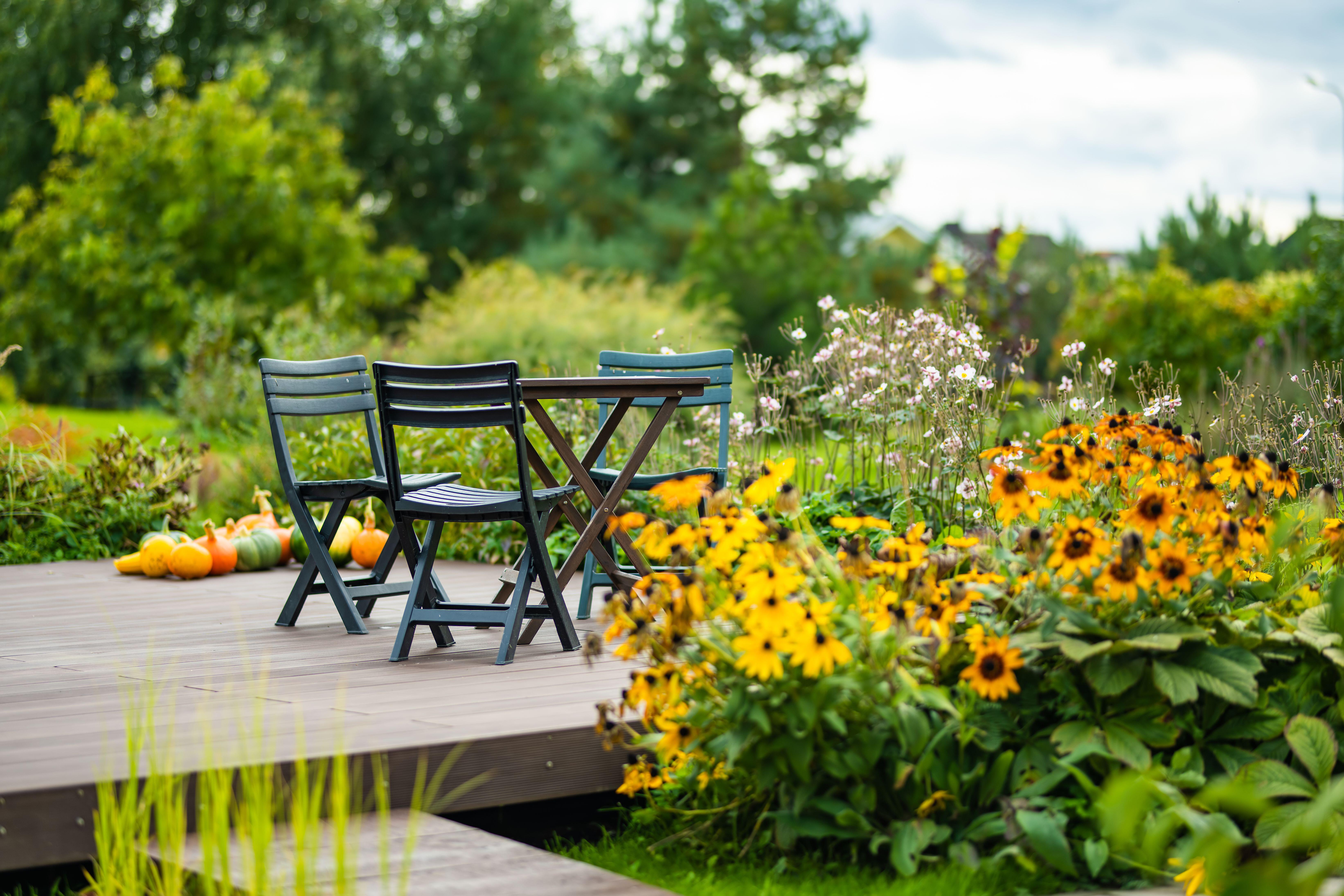

Pruning is an important job to undertake for the health and growth of the plants, but the act of pruning itself can feel somewhat like an art, and one that requires patience and skill.
That might be why a lot of gardeners put it off - to avoid doing a shoddy job. But while the worst pruning mistakes can cause unnecessary plant stress and make your modern garden look like a mess, it's a gardening task that's worth your while, if you know what you're doing.
To help you steer clear of common pruning mistakes, we asked the experts for the mistakes they see most often.
1. Using the wrong tools
To ensure your flower beds look well-manicured, first choose the right tools for its maintenance.
'One of the biggest mistakes I’ve seen people make is using the wrong tools when pruning outdoor and indoor plants,' says Whitney Bromberg Hawkings, CEO and co-founder of FLOWERBX. 'Thick, chunky stems might need heavy-duty loppers, while daintier plants will need a little closer attention with small secateurs; or even to be gently snipped with a pair of floristry scissors. This is super important to improving flower and fruit production, as well as guaranteeing success the following season.'
'Also, using dirty and dull pruning tools is a common mistake with serious consequences for your plants,' says Reese L Robins, a gardening expert at Just Pure Gardening. 'When your tools are unclean and not sharp, you risk harming your plant's delicate parts and making it more susceptible to infections. To avoid this, make it a habit to clean and sharpen your tools after each use. Removing plant sap, debris, and residue ensures clean and precise cuts. Also, before moving on to pruning another plant, it's crucial to disinfect your tools. This simple step helps prevent the potential spread of diseases between plants.'
2. Over-pruning

When trying to maintain your garden, take a moment to consider how frequently and how much you're pruning.
The Livingetc newsletters are your inside source for what’s shaping interiors now - and what’s next. Discover trend forecasts, smart style ideas, and curated shopping inspiration that brings design to life. Subscribe today and stay ahead of the curve.
'Over-pruning is a common mistake where gardeners trim more than necessary,' says Reese. 'This excessive trimming can put unnecessary stress on your plants and even lead to their decline. To avoid over-pruning, know the specific needs of each plant in your garden.'
'Different plants have unique requirements when it comes to pruning,' Reese adds. 'Starting conservatively by only removing what's truly necessary is a wise approach. Over-pruning often occurs when gardeners become overly enthusiastic, so it's crucial to exercise caution and restraint. Your main goal should always be maintaining your plants' health and balance and ensuring their long-term vitality.'
3. Pruning incorrectly
Incorrectly pruning your plants is another of the biggest gardening mistakes you may be making. Cutting them roughly or without any technique can cause some big problems for your plants later down the line.
'Improper cuts can harm your plants and hinder their growth,' says Reese.' Using the proper pruning techniques is essential. Typically, this involves making clean, angled cuts just above a bud or branch collar. It's crucial to avoid leaving unsightly stubs or creating ragged cuts. These mistakes not only detract from your plant's appearance but also expose it to an increased risk of diseases. Proper pruning techniques foster fast healing and minimize potential harm.'
'Always prune just above the node – the spot where new shoots, buds, and leaves appear on each stem,' says Whitney. 'Pruning in this way not only encourages new growth (and more flowers!) from cut-and-come-again varieties like dahlias and sweet peas but helps guide the direction in which you want your plant to grow.'
4. Pruning at the wrong time
You want to be sure of the right schedule for pruning your garden. There are some plants you should never cut back in fall, for example
'Pruning at the wrong time can disrupt your plant's natural growth cycle,' says Reese. 'To avoid this mistake, familiarize yourself with the specific pruning schedule for each plant species in your garden.'
'In general, deciduous plants benefit from pruning during late winter or early spring when they're dormant,' Reese adds. 'On the other hand, many flowering shrubs should be pruned immediately after they finish blooming. This timing aligns with their natural growth patterns and greatly enhances the chances of your garden thriving.'
5. Ignoring plant health
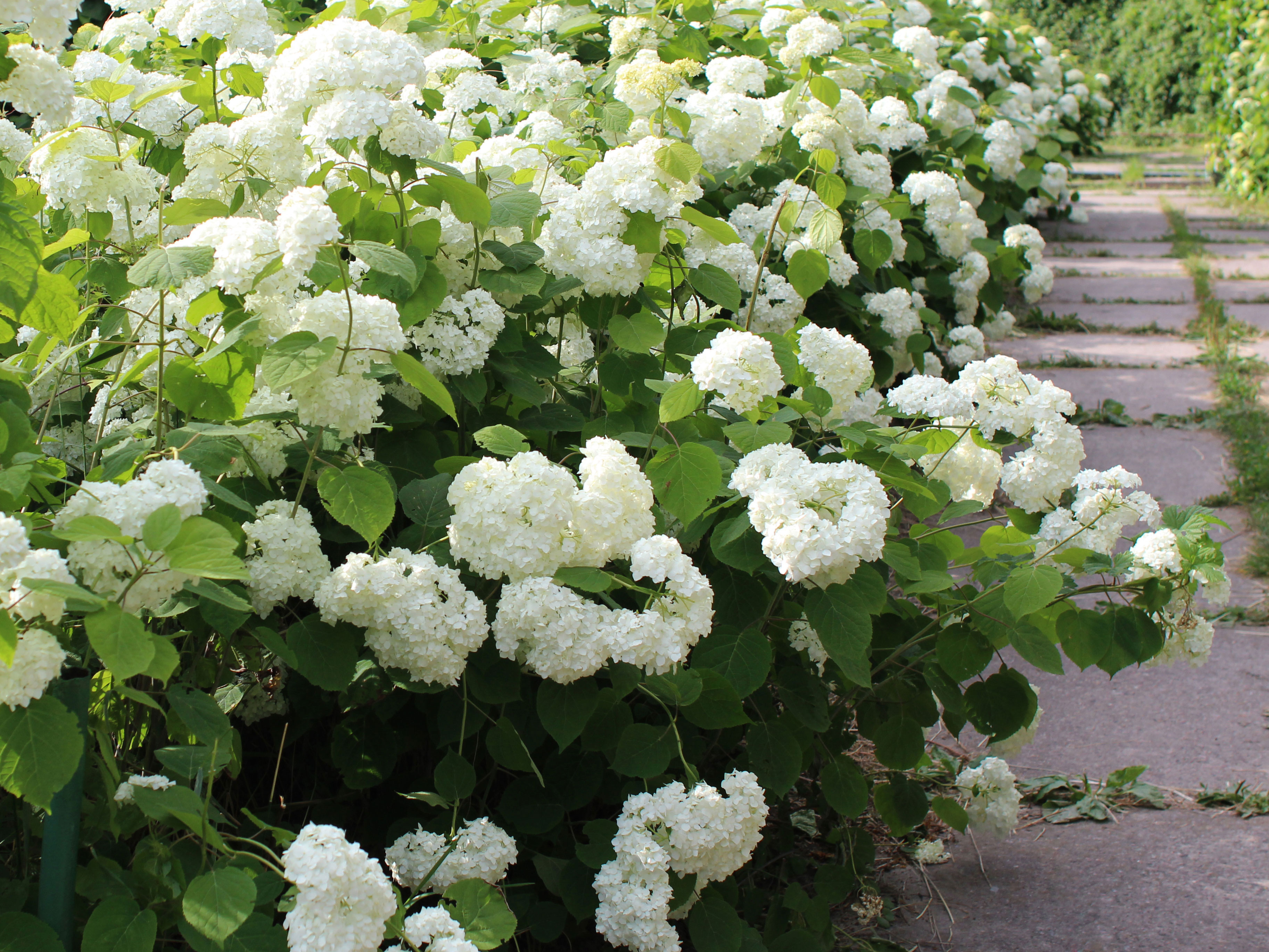
And finally, you want to ensure that while you do prune on time, you're also choosing the right candidate for pruning.
'Pruning a plant that is already not doing well can make things worse,' says Reese. 'Before you start pruning, it's crucial to check how your plant is doing overall. If you see it struggling, then you better focus on making it healthier. This might mean adjusting how you water it, using suitable fertilizers, or dealing with any diseases it might have. Pruning should be done when the plant is strong and can recover well.'
3 best pruning tools to buy

Aditi Sharma Maheshwari started her career at The Address (The Times of India), a tabloid on interiors and art. She wrote profiles of Indian artists, designers, and architects, and covered inspiring houses and commercial properties. After four years, she moved to ELLE DECOR as a senior features writer, where she contributed to the magazine and website, and also worked alongside the events team on India Design ID — the brand’s 10-day, annual design show. She wrote across topics: from designer interviews, and house tours, to new product launches, shopping pages, and reviews. After three years, she was hired as the senior editor at Houzz. The website content focused on practical advice on decorating the home and making design feel more approachable. She created fresh series on budget buys, design hacks, and DIYs, all backed with expert advice. Equipped with sizable knowledge of the industry and with a good network, she moved to Architectural Digest (Conde Nast) as the digital editor. The publication's focus was on high-end design, and her content highlighted A-listers, starchitects, and high-concept products, all customized for an audience that loves and invests in luxury. After a two-year stint, she moved to the UK and was hired at Livingetc as a design editor. She now freelances for a variety of interiors publications.
